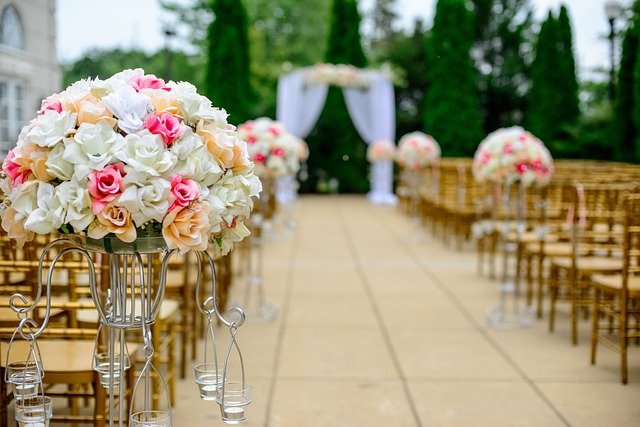Tent Rental Guide for Outdoor Events and Weddings
A tent rental can transform an outdoor space into a practical, weather-resilient venue for a party, wedding, or other event. Choosing the right size, style, and extras helps deliver comfort, safety, and the atmosphere you want. This guide explains practical considerations, commonly available tent and canopy types, logistics, and how to coordinate rentals with broader event planning.

What to consider when choosing a party tent
Start by matching the tent size and layout to guest count and the functions you need—dining, dancing, ceremony, or a combination. Table size, dance floor, buffet stations, and staging each require space. Consider ceiling height for lighting and HVAC, and choose sidewalls or open sides depending on weather and privacy needs. Material and frame type affect durability and wind tolerance; pole tents need staking into soil, while frame tents work on hard surfaces. Confirm the vendor’s load limits before hanging heavy fixtures.
How a tent supports an outdoor event
A tent provides shelter from sun, rain, and wind while creating a contained space for audio, lighting, and decoration. Proper ground preparation—leveling, matting, or portable flooring—improves footing and protects equipment. Plan for utilities: electrical distribution, lighting, heating or cooling, and restroom access. Noise considerations and local ordinances can influence layout and equipment choices. Coordination with the venue on access paths for delivery trucks and on-site storage reduces delays and prevents damage to grounds or landscaping.
Tent rental options for a wedding
Wedding rentals commonly include clear-span frame tents, pole tents, and clear-top tents for starlit views. Clear-span tents offer unobstructed interior space for banquet seating and dance floors; pole tents are often more cost-effective on grassy sites but need secure anchoring. Consider aesthetic options such as draping, chandeliers, and transparent panels for ceremony backdrops. Work with vendors on timelines for setup and teardown to allow time for decoration and rehearsal, and verify if they provide event-day support for adjustments or repairs.
How tent rental fits into event planning
Integrate tent rental decisions early in your event timeline—ideally when you’ve confirmed guest count and site access. Secure permits, fire codes, and any required inspections well before the date; some municipalities require tent permits for structures over a certain size. Include delivery, installation, and removal windows in vendor contracts and align them with other vendors (caterer, AV, rentals) to avoid scheduling conflicts. Factor in contingency plans for extreme weather and ensure insurance coverage addresses liability and property protection.
Canopy types and setup considerations
Canopies range from small pop-up models for vendor stalls to large modular canopy systems for multipurpose coverage. Pop-up canopies offer quick setup for short-term needs but are less wind-resistant and typically not suitable for overnight events. Larger canopies and frame tents come with options for flooring, sidewalls, HVAC, and rain gutters to connect multiple units. Ask about anchoring methods for the surface type—stakes for soil, ballast or concrete anchors for pavement—and confirm wind-rating certifications to meet safety requirements.
Conclusion
Renting a tent or canopy requires balancing practical needs—size, safety, utilities, and permits—with aesthetic goals for an outdoor event or wedding. Early planning, clear communication with rental vendors, and attention to site-specific conditions reduce last-minute issues. Ensure vendor contracts spell out delivery, setup, teardown, and liability coverage, and coordinate timing with other suppliers to create a seamless event environment that protects guests and equipment while delivering the desired atmosphere.






